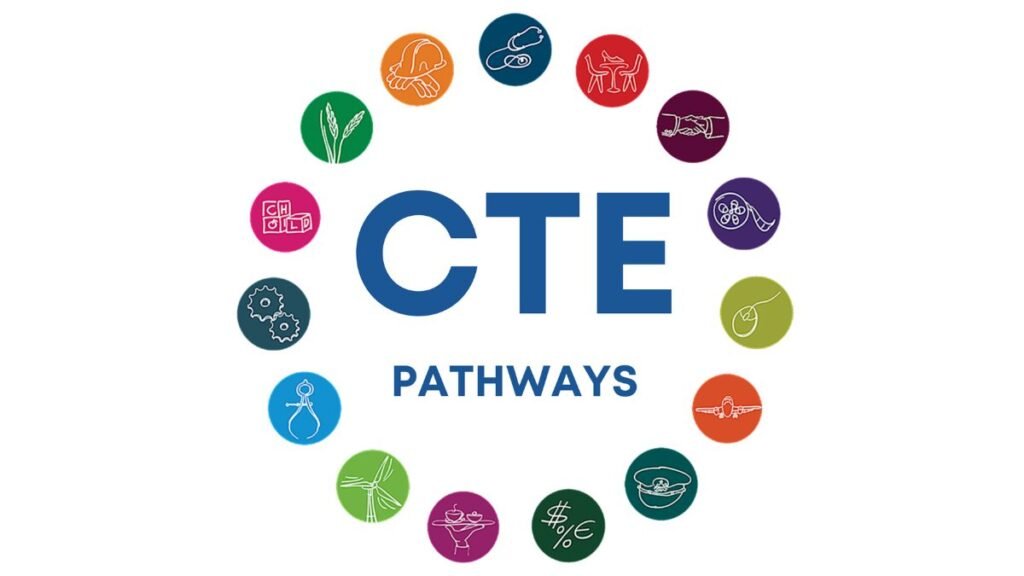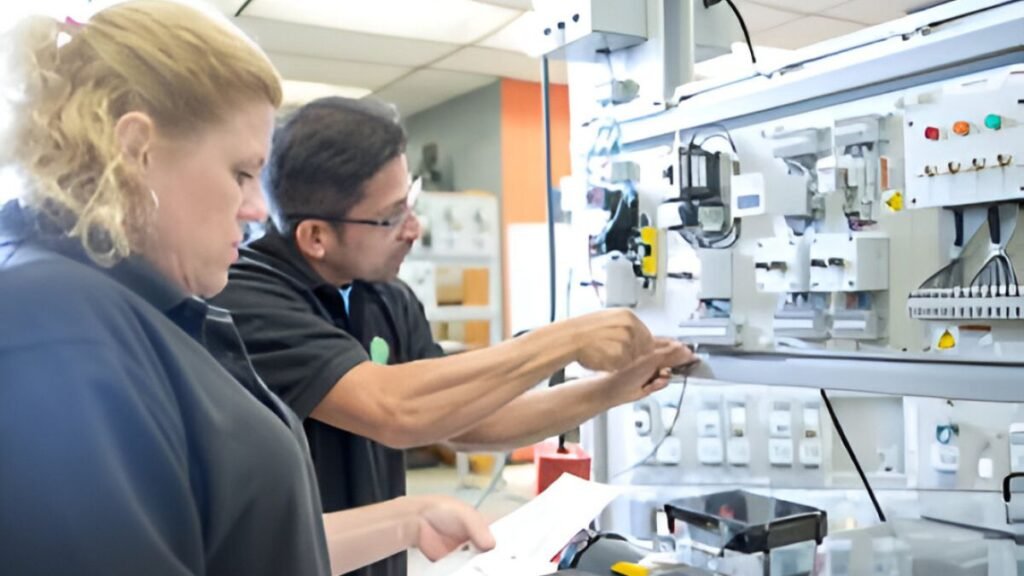Ancient times were so good; prosperity was basic and almost expected. As such, Career and Technical Education Pathways intend to move students toward getting either a job good enough for a bar of living or a life of comfort. Programs under CTE Pathways give students knowledge, not just from textbooks but systems of practical life application. Because of these programs, other students who would be working at the same time would find themselves in some ways interested in their studies and preparing for their future career while still in school.
What is the aim of CTE Pathways?

The main aim of CTE Pathways is to enable students to prepare for work immediately after high school, perhaps for technical training, certification or diploma, or enter college. Within these programs, students select a specific career field and further follow a set of courses directed at that field. Hence, they become equipped with market-relevant skills whilst becoming clear and confident about their career choices.
How CTE Aids in a Modern Education System
The demand for CTE keeps on rising every day in the contemporary educational atmosphere. Whereas, in the past a university degree was practically paramount to good scholarship, so much has been said about the other ways being equally important. Every student has divergent ambitions and propensities-some want to become doctors, some wish to be engineers, some aim at starting their businesses while others enter technical fields. CTE pathways help fulfill this myriad of wants.
In fact, a large number of thousands of ‘middle-skill’ jobs will never be filled in the USA and elsewhere since there isn’t that many people with enough, above-subsistence livelihood technical capability to operate them. Here is where CTE programs step in to act as a remedy to that situation. According to the US Department of Education, there are about 30 million jobs that pay $55,000 or more that do not require a college degree. CTE programs allow students to train for those jobs.
What does CTE pathways include?
CTE pathways tried to bring life into students to view and gain skills in a career field in a systematic way:
- Specifically defined courses: Each pathway has a specific sequence of courses, which is an area of focus or industry sector.
- Real-world projects: Students apply hands-on activities instead of reading.
- Simultaneous delivery of academic and technical knowledge: The technical training is coupled with the general education.
- Further educational opportunities: Students can aim for certificate, diploma, or community college courses through the pathways.
- Internships or apprenticeships: Some pathways offer internship opportunities so that students can become familiar with how the real world works.
CTE Pathways’ Key Career Choices

The CTE enables its students to explore a career in almost every field. Some pathways include:
- Agriculture, Food and Natural Resources
- Architecture and Construction
- Arts, Audio-Visual and Communication Technology
- Business, Marketing and Finance
- Education and Training
- Energy and Renewable Resources
- Health Science
- Hospitality and Tourism
- Human Services
- Information Technology (IT)
- Law and Public Service
- Manufacturing
- Engineering and Technology
- Transportation, Distribution, and Logistics
In each pathway, students will explore a specific sector’s environment in detail including required skills, opportunities, and education.
What are the advantages of CTE pathways?
CTE pathways have practical benefits for the students and families alike:
- Higher Graduation Rates: Studies show that the students who complete three or more CTE courses in high school are ten percent more likely to graduate.
- Increasing Student Interest: What is being taught becomes more engaging and makes sense in the real world.
- Family Satisfaction: Parents are happy that their children are learning while also being groomed for tomorrow’s challenges.
- Real World Skills: CTE provides students with technical knowledge plus soft skills: communication, teamwork, leadership, and problem-solving.
- Get Immediate Job Opportunity: In many pathways, internships, apprenticeships, and job shadowing are included. This way, the student are candidly competitive choice.
How does CTE empower students?

Not limited to getting on the A-list by whatever standards expectedly earned to secure a merit, Cte empowers students to be self-reliant in a way.
Choosing through or a subject playing across their liking makes them more aware of their life targets.
In the meantime, several school systems have been making the CTE pathways more technology oriented. For example, a tracking system called Pathways monitors degree progress of students and informs a teacher’s planning.
Conclusion
Now, when skills and even degrees matter, CTE pathways probably evolved to be among those tools leading to the right direction for students. These pathways assist in making education relevant and move towards brightening the prospective life of any student.
In adjustments where a parents’ decision and the school go the CTE way, it may be viewed as a generally accepted way for students to higher learning or job placement.
FAQs
Q1. What exactly are CTE Pathways and how do they help students?
A. CTE Pathways are structured education programs that combine academics with real-world job skills. They help students explore careers while still in school and prepare them for either college or the workforce. It’s a practical way to turn learning into action.
Q2. Do students still need a college degree if they follow a CTE Pathway?
A. Not necessarily. Many CTE careers offer good salaries without requiring a college degree, especially in skilled trades and technical fields. However, students can still pursue higher education if they wish.
Q3. How early can a student start in a CTE Pathway?
A. Students can usually start exploring CTE options in high school, sometimes as early as ninth grade. The earlier they start, the more time they have to build valuable skills and make informed career decisions. Some schools even offer introductory courses in middle school.
Q4. Is CTE only for students not going to college?
A. Not at all. CTE benefits all students, whether they plan to go to college or directly into a job. It gives them real-world experience that strengthens both career and academic readiness.
Q5. What kinds of jobs can CTE prepare students for?
A. CTE covers a wide range of career fields, from healthcare and engineering to IT, agriculture, business, and the arts. Students graduate with hands-on experience that directly applies to in-demand jobs in their chosen field.
